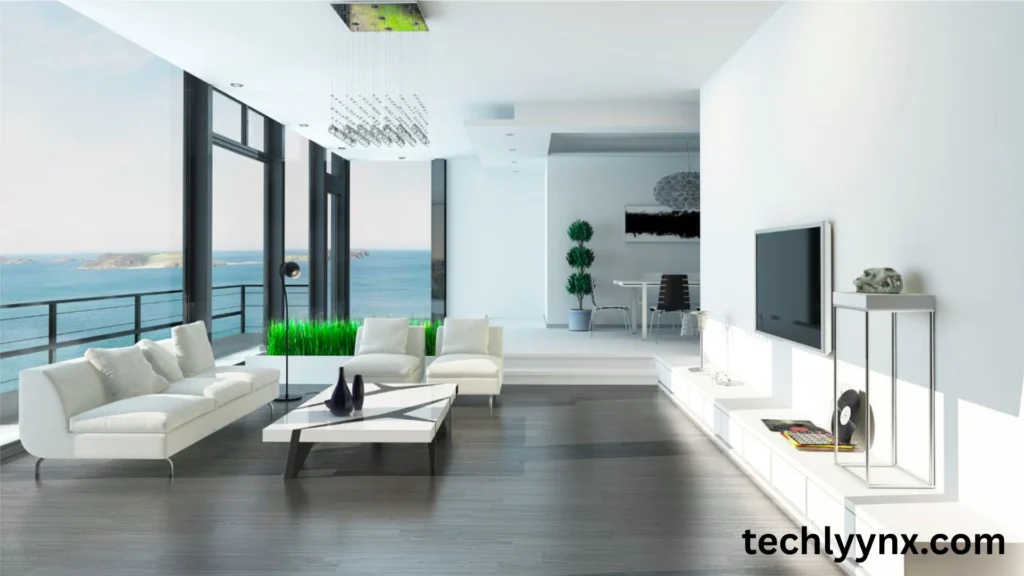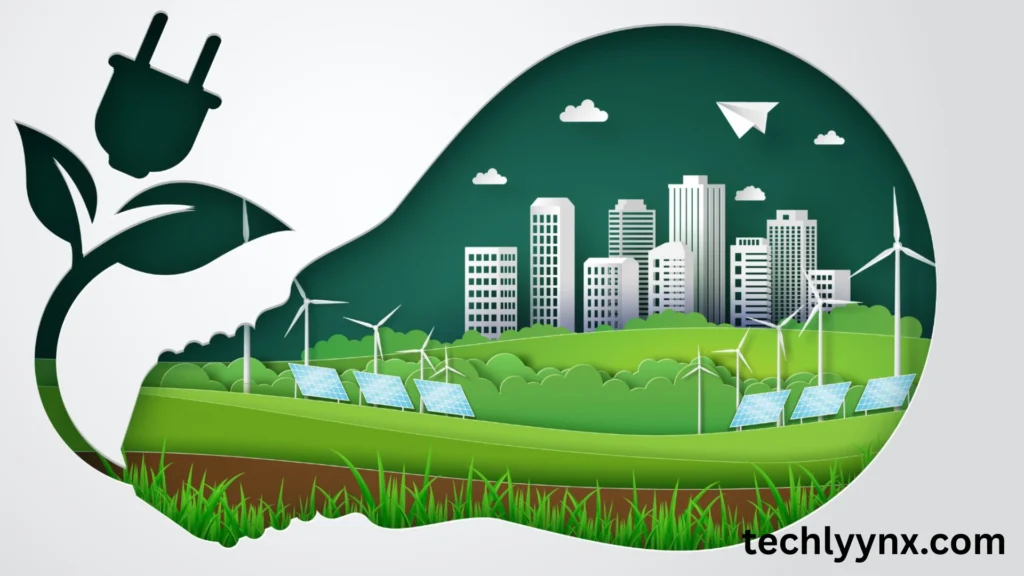In an era of rising energy costs and environmental concerns, India has taken a remarkable leap in sustainable innovation with the development of dual-use smart windows. Spearheaded by scientists at the Centre for Nano and Soft Matter Sciences (CeNS) in Bengaluru, these windows are more than just glass—they store energy, regulate light, and redefine how buildings interact with their environment.
This breakthrough not only supports India’s growing urban infrastructure but also opens doors for global applications in energy-efficient architecture.
What Are Dual-Use Smart Windows?

A novel family of materials known as dual-use smart windows combines energy storage and electrochromic capabilities. Simply said, these windows have the ability to alter the amount of heat or light that enters a structure and store energy, much like a battery.
An electrolyte based on aluminum ions and titanium dioxide (TiO₂) form the basis of this Indian invention. When combined, they produce a translucent substance that dynamically modifies the transmission of both visible and infrared (IR) light. As a result, a space can remain warm in the winter and cool in the summer without requiring a lot of heating or air conditioning.
Not only that, but when combined with solar panels or smart grid systems, these smart windows can store electricity, enabling buildings to capture and reuse power.
The Science Behind the Breakthrough

The invention originates from CeNS, a renowned Indian research institute specializing in material sciences and nanotechnology, situated near Bengaluru. Researchers looked for a scalable, non-toxic, and reasonably priced way to meet the need for energy-efficient windows around the world.
Their resolution:
Electrochromic Function: The window’s transparency is altered by a little voltage. It can naturally control indoor temperature by blocking or letting in light.
Energy Storage Function: The window can store and release energy as needed thanks to the aluminum-ion electrolyte, which functions similarly to a capacitor.
The system won’t deteriorate rapidly because it is built to function with great reversibility throughout thousands of cycles. Crucially, compared to pricey elements like indium tin oxide, which are utilized in many Western systems, titanium dioxide makes this invention more plentiful and inexpensive.
This “Made in India” approach makes the technology accessible not just domestically, but also in developing countries with similar climatic and economic conditions.
Why Smart Windows Matter in India’s Climate

India has some of the world’s most harsh and erratic climates, with hot summers, humid monsoons, and frigid winters in the north. Energy use rises with urbanization, particularly in residences and buildings.
The Bureau of Energy Efficiency (BEE) reports that buildings in India consume more than 35% of all electricity, primarily for climate control and lighting. Users of traditional glass windows must rely on heating or cooling equipment since they lack thermal insulation.
- An environmentally friendly substitute is offered by smart windows:
- Optimizing daylight minimizes the demand for artificial illumination.
- Thermal insulation: Reduces indoor temperature swings.
Power contribution: They lessen reliance on the main power system during peak hours by storing energy.
When applied at scale—on office buildings, hospitals, schools, or apartments—this technology could slash national energy use and carbon emissions significantly.
Cost, Scalability & Manufacturing Potential
The possibility for widespread adoption is what makes this Indian invention particularly exciting.
Due to the usage of imported components, vacuum deposition techniques, and rare-earth metals, traditional smart windows are costly. The CeNS design reverses this by:
Utilizing plentiful raw resources (such as aluminum and TiO₂).
Utilizing solution-based manufacturing techniques, which are simpler to scale.
Removing costly, uncommon conductors like indium.
India has the potential to become a global exporter of reasonably priced smart window technology with the correct government assistance and industrial alliances. With comparatively little financial outlay, small-scale startups and established window manufacturers can license and integrate this design into their manufacturing processes.
Integration with Smart Cities and Green Buildings

Dual-use smart windows can be widely thanks to the Indian government’s Smart Cities Mission and its promotion of green building certifications like GRIHA and IGBC.
These windows are a fantastic match for:
GRIHA and LEED requirements for indoor comfort and energy efficiency.
Smart grid systems in which buildings generate and consume energy.
The purpose of net-zero energy building (NZEB) is to assist buildings generate as much energy as they use.
Future-ready structures with rooftop solar and smart windows might store energy for use at night, lower cooling demands through dynamic shading, and recharge throughout the day. This technology has the potential to serve as a paradigm for climate-resilient urban development in smart cities such as Pune, Bhubaneswar, or Indore.
Challenges and the Road Ahead
While the prospects are exciting, several challenges remain:
- Durability under real-world conditions (heat, dust, pollution) will be checking.
- Manufacturing partnerships are needed to scale production affordably.
- Consumer awareness must grow—architects, builders, and homeowners need to see the long-term value.
Additionally, policy incentives—like subsidies, tax breaks, or building code mandates—could encourage adoption. Pilot programs in public infrastructure (e.g., government offices, rail stations, schools) would showcase real-world benefits and accelerate trust in the technology.
On the research side, improvements in switching speed, energy density, and aesthetic options (like tint color or transparency levels) will continue to evolve. There’s also potential for integration with sensors and IoT systems, creating windows that respond not only to voltage but also to weather data, occupancy, and energy pricing.
Winding up
India’s invention of dual-purpose smart windows is a potent illustration of how local needs, sustainability, and science can all work together to create significant change. These windows address energy efficiency and urban sustainability, two of India’s most pressing issues, by empowering buildings to become smarter and more self-sufficient.
These kinds of technology will be crucial in ensuring that the world doesn’t suffer as a result of the nation’s continued rapid expansion. India’s smart windows could soon actually light the way for a greener future globally with more research, industrial cooperation, and legislative assistance.

